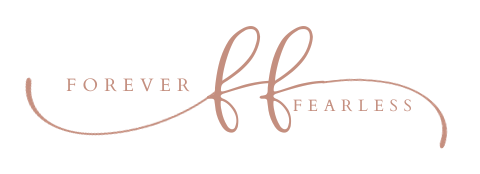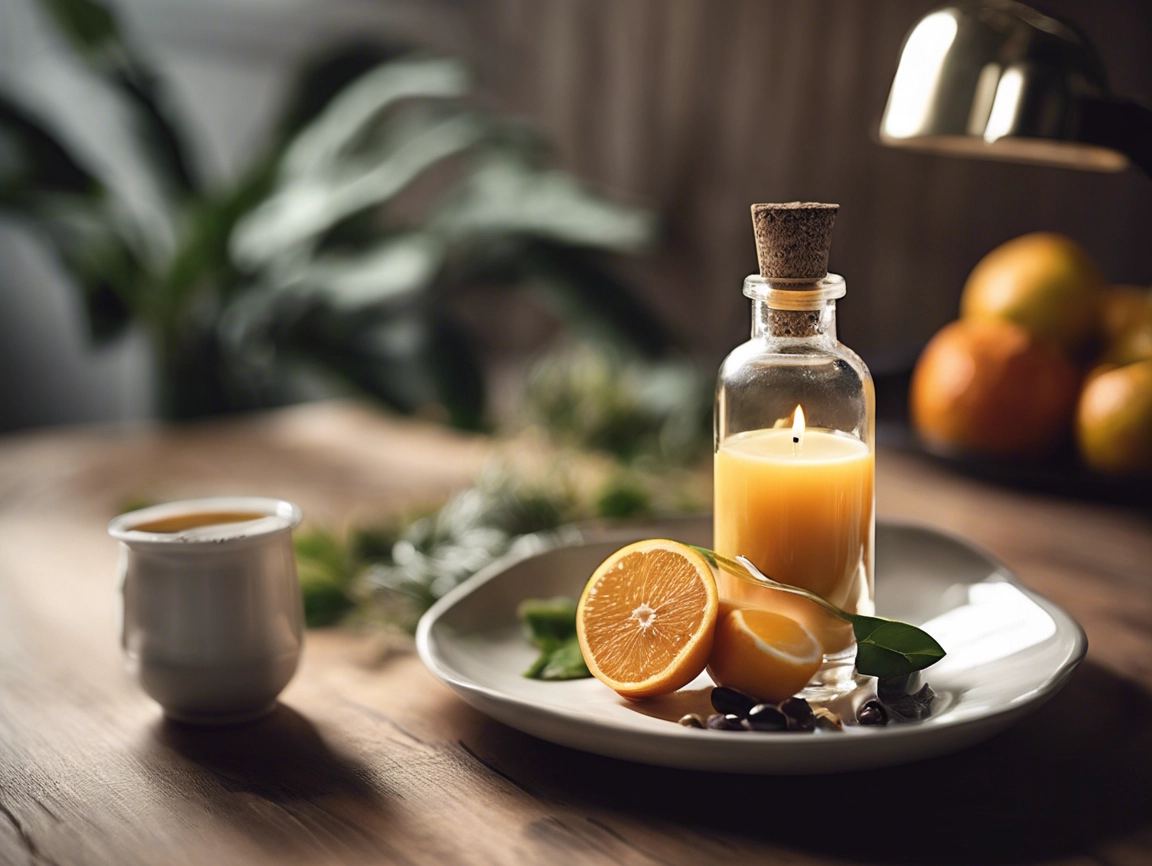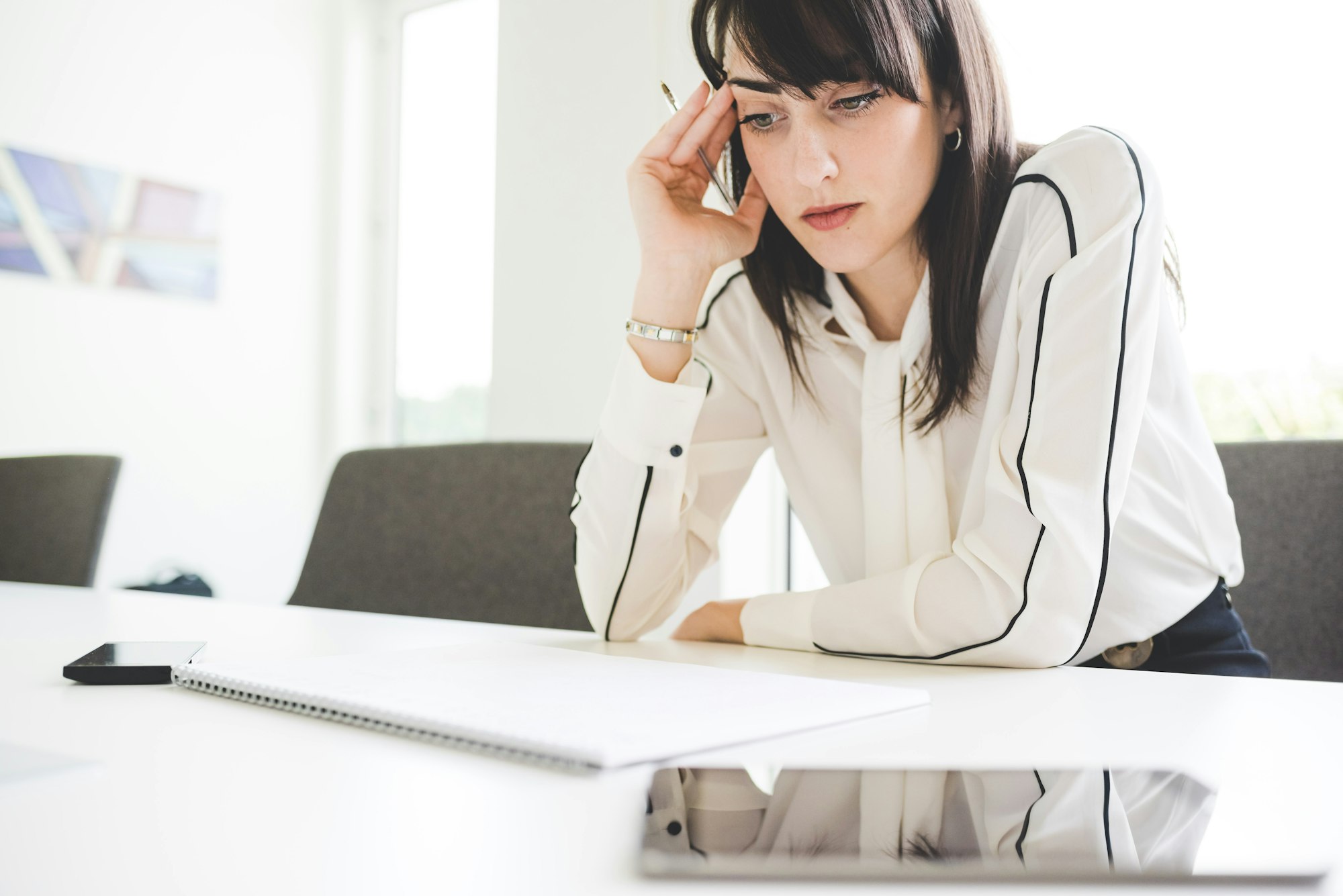Cupping is an alternative therapy that uses suction cups to stimulate the body by applying moderate pressure onto the skin and muscles. It can be done on your face or body and has been used for thousands of years in cultures worldwide. Its use is not new, as cupping has been traced back to ancient Egypt. Cupping has been shown to help alleviate migraines, asthma, insomnia, arthritis pain, and a range of other health issues.
Facial cupping has been shown to:
- increase oxygen-rich blood circulation
- strengthen skin and connective tissues
- stimulate cells responsible for collagen production
- relax muscle tension
Because of this, the practice is said to:
- brighten skin
- minimize the appearance of scars, fine lines, and wrinkles
- tone chin, jawline, neck, and décolletage
- decrease puffiness
- regulate oil production
- improve nutrient delivery and product absorption
When cupping is performed, the suction is maintained for about five to ten minutes. The skin may turn dark red or purple and may bruise, but these effects commonly fade away within hours and do not last. Cupping usually causes no pain, but some people may experience mild discomfort or a burning sensation. Cupping may also cause nausea and vomiting, particularly in those who are not used to it.

While the suction is being applied, you should breathe deeply in and out through your nose. You may want to play relaxing music or read a book while undergoing cupping therapy. Keep your eyes closed if they are bothering you from the light or too much movement.
Facial cupping has been used throughout the U.S. for many years, with its use being banned in most areas of California for fear it would take over traditional medicine. Cupping is most commonly used on the face and body to relieve migraines, asthma, insomnia, and various skin disorders.
It is believed that facial cupping therapy can also reduce wrinkles, stimulate bone growth and help repair damaged skin cells.
The pressure that is applied in facial cupping enhances blood flow and can help promote healing. It also enhances the movement of lymph fluid through your body. Facial cupping may also be helpful for menstrual problems, sinus congestion, and pain caused by tooth or gum disease. The pressure can also be beneficial in reducing headaches, irritable bowel syndrome, anxiety, and hay fever.
Cupping is also a form of alternative medicine that relies on traditional Asian medicine and has been used for thousands of years in cultures worldwide. Although it was once banned in many areas because people believed that it would take over traditional medicine, facial cupping is becoming more mainstream as the medical community continues to learn more about it.

How do I get started?
There are a variety of different cupping kits you can use. Some cups are made from hard plastics, while others are soft and gel-like. Both can be equally effective, so it’s ultimately up to your personal preference.
You should always follow the directions on your cupping kit.
General guidelines suggest these steps:
- Wash your face and gently pat dry.
- Lightly massage your face with your hands to release preliminary tension.
- Although face oils are optional, applying a light layer to your skin may help decrease your risk of bruising as you move the cups.
- Start by applying a small cup to your chin and around your mouth. Leave the cup in place for few seconds and then move upward to a new area.
- Swap smaller cups for larger cups as needed, like when you get to your forehead.
- Continue until you have successfully cupped all desired areas.
- If you used face oil, cleanse your face and pat dry. Otherwise, use a splash of warm water to reopen your pores.
- Continue with your beauty or skincare routine. Facial cupping is said to increase product absorption, so now’s the time to apply.
- You may notice minor redness and irritation afterward. This is normal and should subside within a few hours.
You can experiment with facial cupping at home, but it may be best to reach out to an experienced practitioner for your first session. They can answer any questions you have and may be able to offer additional guidance on your skincare needs.




